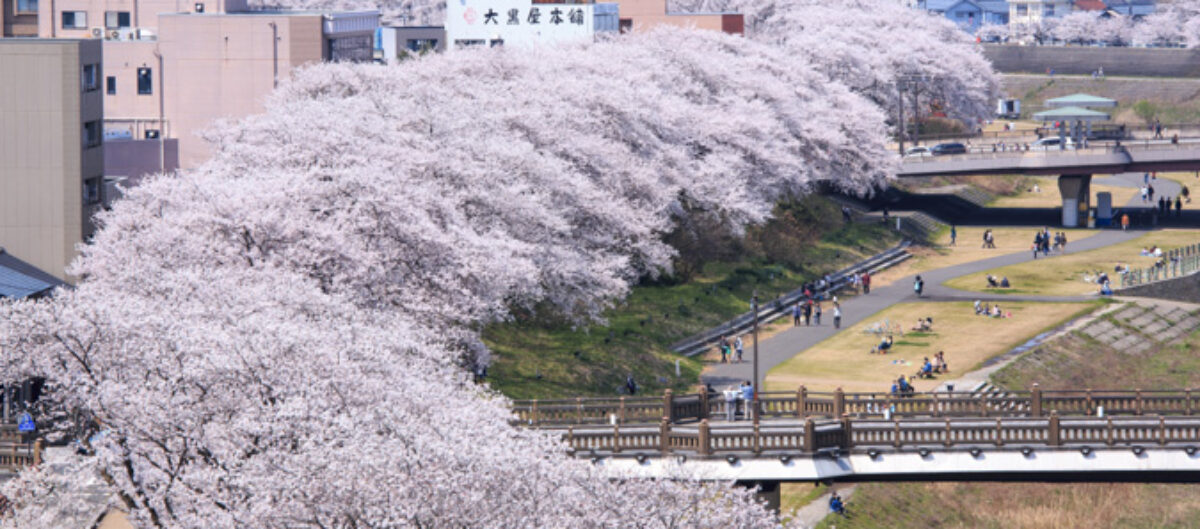
March/31/2021
Maruoka Castle(丸岡城, Maruoka-jō) is one of the best-known sightseeing spots in Fukui. Every year about 120,000 people go there. The castle tower there is one of only 12 remaining in Japan, and it’s so precious that it’s been designated as an important cultural property.
(The 12 towers referred to here are ones that were built in the Edo period (1603–1868) or earlier and that still exist. There are a lot of other castle towers in Japan, but they’re mostly restored ones.)









